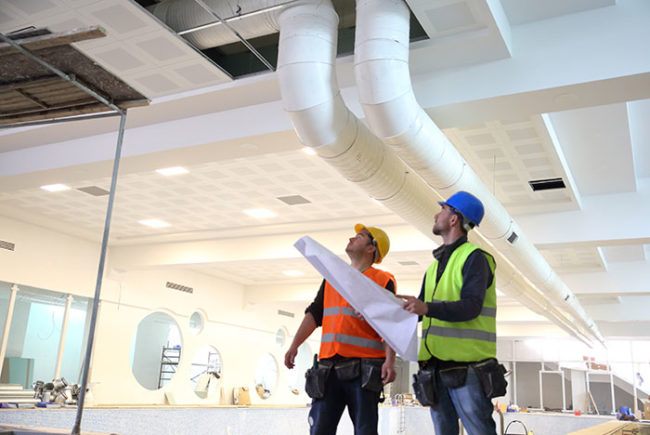FCC task force seeks input on broadband for health care
The Federal Communications Commission’s (FCC's) Connect2Health Task Force will host several virtual listening sessions beginning next month to gain stakeholder input on possible strategies to accelerate the adoption and accessibility of broadband-enabled health care solutions and advanced technologies. The sessions also will address the rural-urban gap and other digital-divide issues. Specifically, the FCC is looking for comments on recommendations on critical regulatory, policy, technical and infrastructure issues.
Organizations interested in participating should email the task force by today at connect2health@fcc.gov. For more details and the schedule for the sessions, see the FCC notice.
Ambulatory care association releases endoscope reprocessing toolkit
The Accreditation Association for Ambulatory Health Care (AAAHC) has released a new toolkit to help eliminate failures or lapses in flexible endoscope reprocessing through detailed guidelines and thorough checklists. The resource is designed to help health care organizations review and assess flexible-endoscope reprocessing policies and procedures to mitigate risk of associated patient infection.
The toolkit guidelines comprise three steps:
- Risk assess your existing flexible endoscope reprocessing program.
- Develop a training plan to address deficiencies.
- Observe endoscope reprocessing routinely to ensure compliance.
The toolkit also provides a checklist to document a flexible-endoscope reprocessing policy, outlining steps for high-level disinfection testing, disposal and replacement, as well as equipment maintenance and repair. It can be purchased for $10 via AAAHC’s website.
Joint Commission gives five strategies for Environment of Care compliance
The Joint Commission lists five strategies ambulatory care facilities can use to improve compliance with Environment of Care standard EC.02.06.01, which addresses compliance in the built environment.
- Conduct risk assessments.
- Improve rounding and environmental tours.
- Refer to important codes and guidelines.
- Take advantage of the Joint Commission's Environment of Care tools.
- Remember the standard's overall intent.
The Joint Commission satates that these tips should be helpful as Life Safety Code surveyors are added to ambulatory care surveys.
Engineers Create Large-Scale 'Germ Trap' for Hospitals
Engineers at University of Colorado Boulder say they have a devised a simple, cost-effective way for medical facilities to contain infectious disease outbreaks.
The engineers have expanded the technique of using ventilation controls to contain germ-filled air rather than letting it circulate throughout the hospital. Using their expanded method, hospitals can adjust the existing ventilation system to seal off a whole hospital wing.
“You can apply engineering approaches to reduce exposure to all sorts of air pollution,” says lead author Shelly Miller, a professor in CU Boulder’s department of mechanical engineering and lead author of the new research. “I’ve been working quite a bit on how we keep infectious diseases from spreading throughout buildings and communities.”
The team sealed off a 30-bed wing at a San Francisco hospital and set up a separate buffer room inside its fire doors to isolate the ward from the rest of the hospital and achieve a negative air pressure.
When doctors, staff and patients opened the doors to the ward, air rushed inside but — crucially — no air escaped into the rest of the hospital. Within the ward, however, the team found it difficult to keep patient rooms at a greater negative pressure than the hallways and offices. Miller said this means that hospital staff would still have to wear protective equipment during a disease outbreak. Still, she considers the overall results promising.
The study was published in the American Journal of Infection Control.
FDA: Fujifilm issues urgent recall of ED-530XT duodenoscopes
Fujifilm Medical Systems USA has voluntarily recalled all ED-530XT duodenoscopes and has notified customers in an urgent medical device correction and removal notice, according to the Food and Drug Administration.
The company will replace the duodenoscopes forceps elevator mechanism, including the O-ring seal, as well as the distal end cap and will issue new operation manuals.





